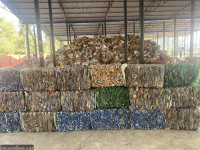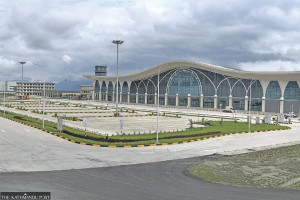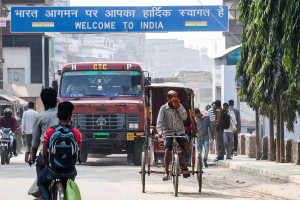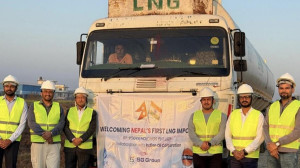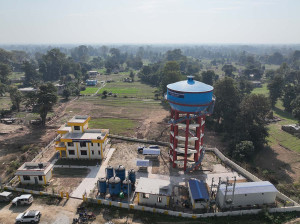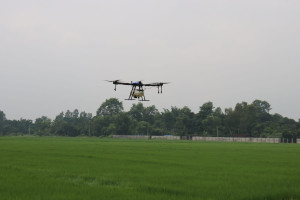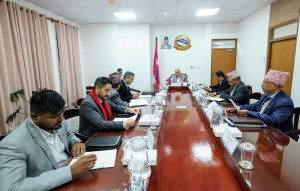Money
Climbers race for Everest permits before fees go up
Over 120 individuals have secured permits as of Tuesday, and operators expect the number to top 500 this spring.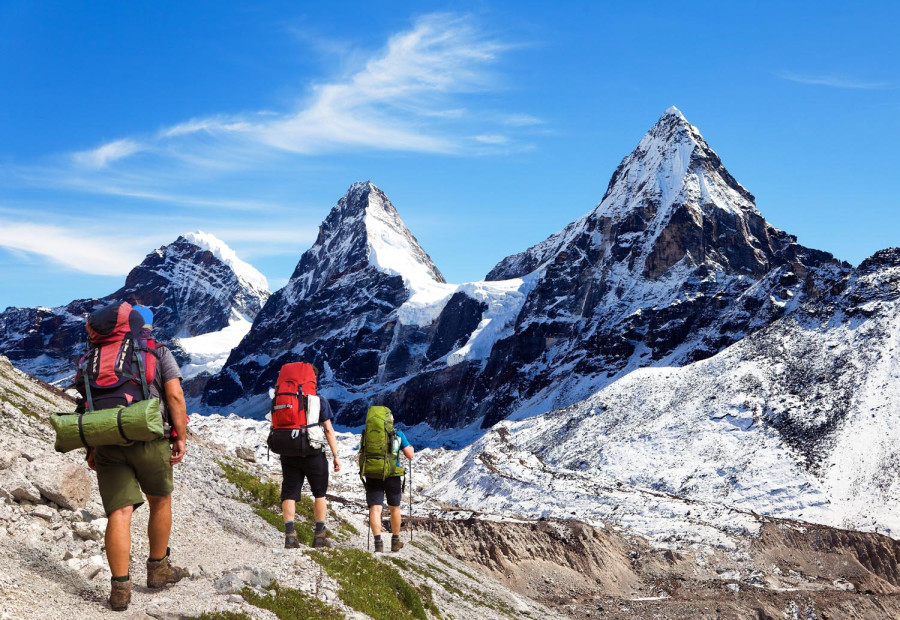
Sangam Prasain
The number of climbing permits for Mount Everest have already surpassed 120 in the first week of April—twice as fast as last year—indicating the potential for another record-breaking season on the world’s tallest peak.
This will be the last spring climbing season under the existing regulations.
Leeladhar Awasthi, director at the Department of Tourism, the government body responsible for issuing climbing permits, confirmed that 120 individuals have been granted Everest climbing permits as of Tuesday noon, generating Rs180 million in revenue.
Of these climbers, 95 are men and 25 women.
“It’s a good start,” said Awasthi.
In 2024, the department issued 421 Everest climbing permits, a decline from 479 the previous year.
Around 200 climbers reached the summit last year, supported by more than 600 climbing guides.
This spring, operators anticipate an even busier season on the 8,848.86-metre peak.
Mingma Sherpa, managing director of Seven Summit Treks, the largest expedition agency in Nepal, said they have already confirmed bookings from 100 climbers. However, Seven Summit Treks has yet to apply for permit applications on behalf of the climbers.
“Based on bookings from other major operators and our own company, we are expecting more than 500 Everest aspirants this season.”
Operators say upcoming changes in mountaineering regulations, set to take effect on September 1, have contributed to the surge in interest.
One of the most significant changes is the increase in the Everest climbing fee, which will rise by $4,000 to $15,000 per person starting in September.
The government has also raised the daily allowances for liaison officers, wages for high-altitude guides, and salaries for base camp workers, all of which must be borne by climbers.
Daily wages for liaison officers will more than triple, increasing from Rs500 to Rs1,600. Sirdars, or lead Sherpas, will now earn Rs1,500 per day, up from Rs500. Similarly, the daily wages for high-altitude guides have will now make Rs1,200 a day, up from Rs350, and base camp workers’ wages have increased from Rs300 to Rs1,000.
Insurance coverage for high-altitude guides has been raised to Rs2 million from Rs1.5 million, and for base camp workers to Rs1.5 million from Rs800,000.
Under the revised rules, solo expeditions will no longer be allowed, and each pair of climbers ascending peaks above 8,000 meters—including Everest—must be accompanied by at least one guide. For other mountains, at least one guide per group will be mandatory.
Mingma Gyalje Sherpa, also known as Mingma G, the managing director of Imagine Nepal Treks and Expedition, said the new charges may increase the total cost of an Everest expedition package in the range of $7,000 to $10,000.
The average package, currently around $40,000, could rise to $50,000, while elite climbers may end up paying close to $100,000.
Preparations for the season are already underway. Icefall doctors—specialist high-altitude guides responsible for fixing ropes and ladders along the climbing route up to Camp II—have been mobilised. Climbing is expected to begin early next month.
Dambar Parajuli, president of the Expedition Operators Association of Nepal, is optimistic about the season.
“Given the ongoing issuance of climbing permits, we expect a better-than-expected season,” he said. However, he noted that high airfare remains a limiting factor.
But he believes the rising costs will not discourage serious climbers.
“A climber who has been preparing for a year might delay the climb by a year or two, but Everest’s allure is timeless, regardless of expense,” said Parajuli.
Beyond government regulations, the Sagarmatha Pollution Control Committee (SPCC), which oversees waste management in the Khumbu region, has implemented additional measures starting the spring climbing season.
Each climber is now required to pay a $600 deposit for the Khumbu Icefall Route fee.
Waste segregation is mandatory at base camp and higher-altitude camps, with waste sorted into seven categories: plastics, paper and cardboard, tin and cans, glass bottles, kitchen waste, batteries and medical waste, and human waste.
Toilet tents are no longer allowed over crevasses at Camp II, and expedition operators must remove all their equipment after the climb.
In spring 2024, the SPCC collected 77 tonnes of waste from Everest Base Camp, with another 9 tonnes brought down from higher camps by expedition teams, bringing the total to 88 tonnes.
Of this, 27.99 tonnes were burnable garbage, 7.51 tonnes recyclable, 27.53 tonnes human waste, and 14.15 tonnes kitchen waste. The Nepal Army assisted by hauling down 11 tonnes.
This year, Nepal will deploy heavy-lift drones to airlift garbage from Everest, marking the first commercial use of unmanned aerial vehicles in the country’s high-altitude regions.
In addition, the Khumbu Pasang rural municipality has introduced a rule requiring climbers to carry personal “poo bags” during their ascent.
Since 1953, nearly 8,900 people have summited the world’s highest peak from the Nepal side.




 8.12°C Kathmandu
8.12°C Kathmandu



